Trivia question for Jun-21-2011

An adult of these cats are about twice the size of a domestic cat, with a head and body length that typically ranges from 22 to 31 in, and a 7.9 to 12 in long tail. A few much larger individuals have been reported, of up to 45 inches in head-body length. Adults can weigh from 11 to 35 lb.
Trivia question for Jun-20-2011
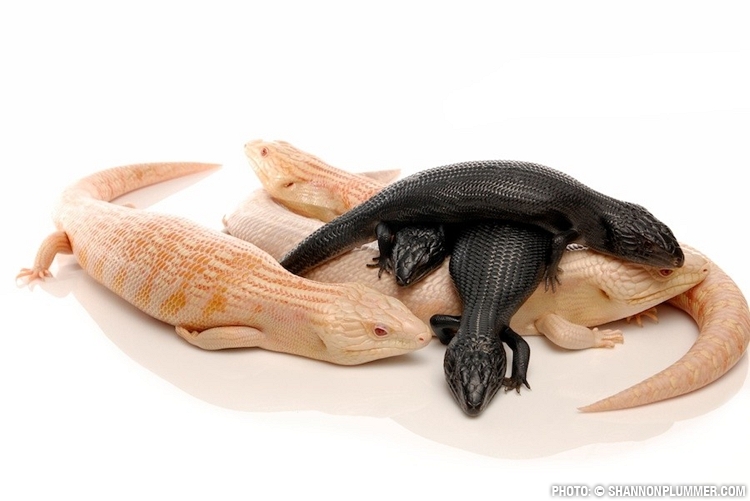
These are among the most diverse group of lizards. They make up the second largest of the lizard families (after the geckos) with about 1200 species.
Trivia question for Jun-19-2011
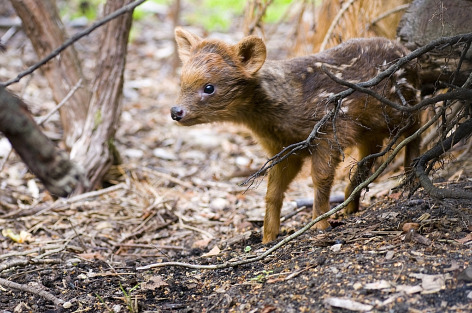
Predators of these guys include the Horned owl, Andean fox, Magellan fox, cougar, and other small cats. They are a wary animal that moves slowly and stops often, smelling the air for scents of predators. Being a proficient climber, jumper, and sprinter, they flee in a zigzag path when being pursued.
Trivia question for Jun-18-2011
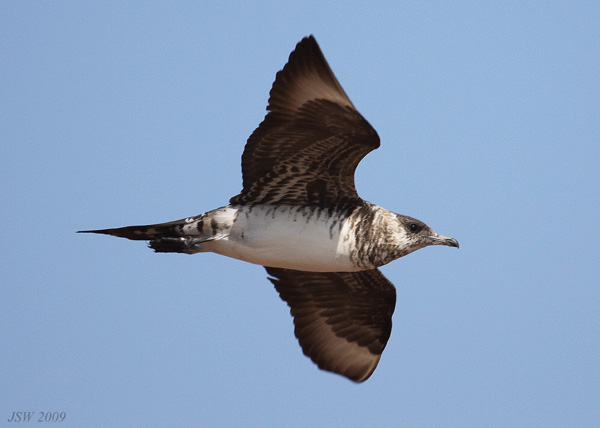
It will fly at the head of a human or fox approaching its nest. Although it cannot inflict serious damage, it is a frightening and painful experience.
Trivia question for Jun-17-2011

These dolphins live in groups typically of 10–30 members, called pods, but group size varies from single individuals up to more than 1,000. Their diet consists mainly of forage fish.
Trivia question for Jun-16-2011
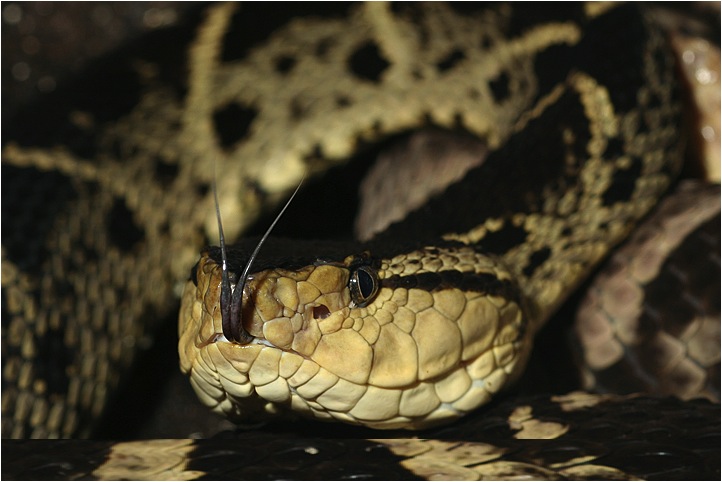
It is one of the largest and deadliest of the poisonous snakes. It is a common central American snake and is also found in the south America and West Indies. These snakes strike swiftly and they are an aggressive snake.
Trivia question for Jun-15-2011
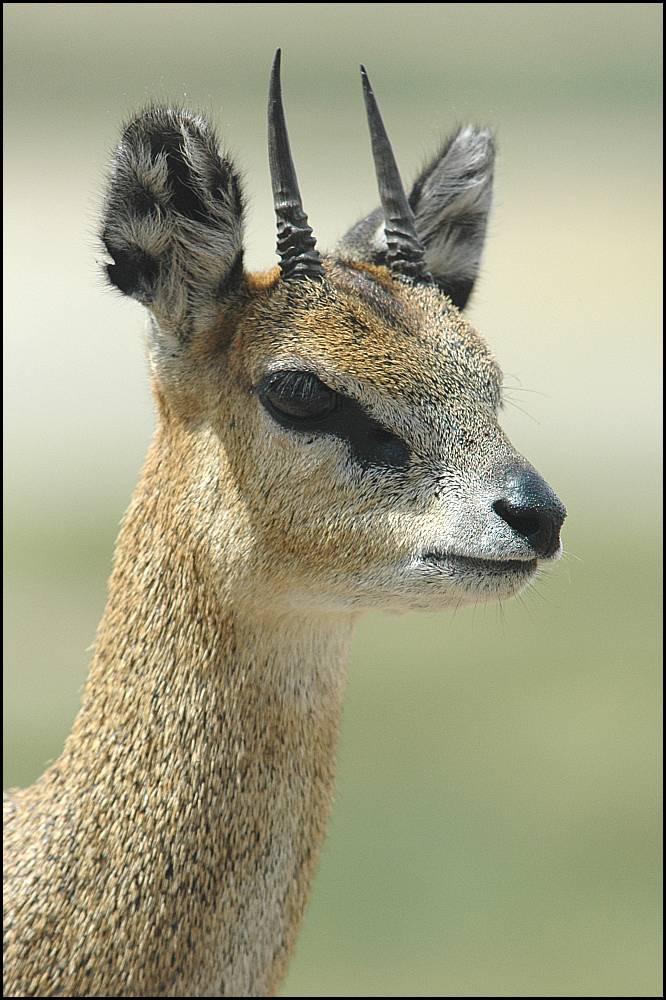
They stand on the tips of their hooves and can fit all four hooves on a piece of cliff the size of a Canadian dollar coin.
OMG Founders Speak at the 2011 UMC Mississippi Annual Conference

Let’s talk about Global Climate Change; did you know that “it is estimated that more than 1/3rd of the Earth’s animal species and almost 20% of the plant species face extinction by 2050 if we maintain our current greenhouse gas trajectory.”
Trivia question for Jun-14-2011
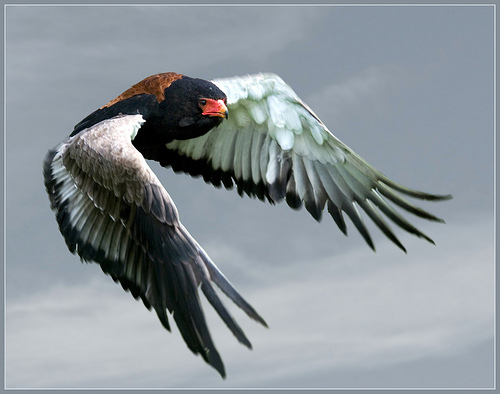
This is a common resident species of the open savanna country in Sub-Saharan Africa. It nests in trees, laying a single egg which is incubated by the female for 42 to 43 days, with a further 90 to 125 days until fledging. They pair for life, and will use the same nest for a number of years.
Trivia question for Jun-13-2011
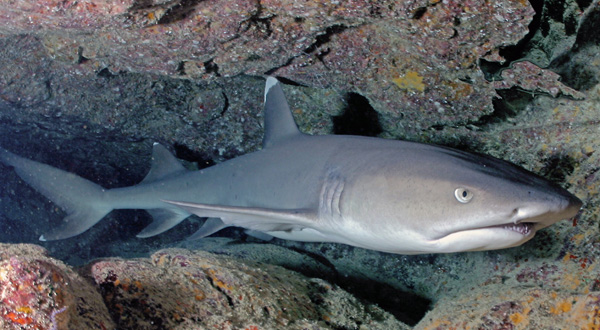
These sharks are rarely aggressive towards humans, though they may investigate swimmers closely. However, spear fishers are at risk of being bitten by one attempting to steal their catch.
Trivia question for Jun-12-2011
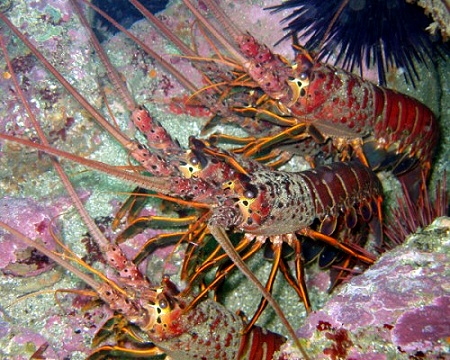
Many of these produce rasping sounds to repel predators. This is done by rubbing the “plectrum” at the base of their antennae against a “file”. The noise is produced by frictional vibrations – sticking and slipping, similar to rubber materials sliding against hard surfaces.
Trivia question for Jun-11-2011

While they can fly, they prefer to run: but if startled they can suddenly burst upwards at great speed, with a distinctive wing sound.
Trivia question for Jun-10-2011

These primates are native to northern India, Bangladesh, Pakistan, Nepal, Burma, Thailand, Afghanistan, Vietnam, southern China, and some neighboring areas.
Trivia question for Jun-09-2011
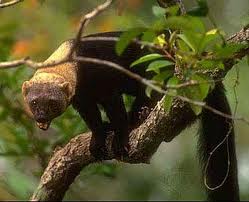
They eat mainly fruit, but also carrion, small mammals, reptiles, and birds. They live in hollow trees, burrows in the ground, or nests of tall grass. They travel both alone and in groups during both the day and the night.
Trivia question for Jun-08-2011
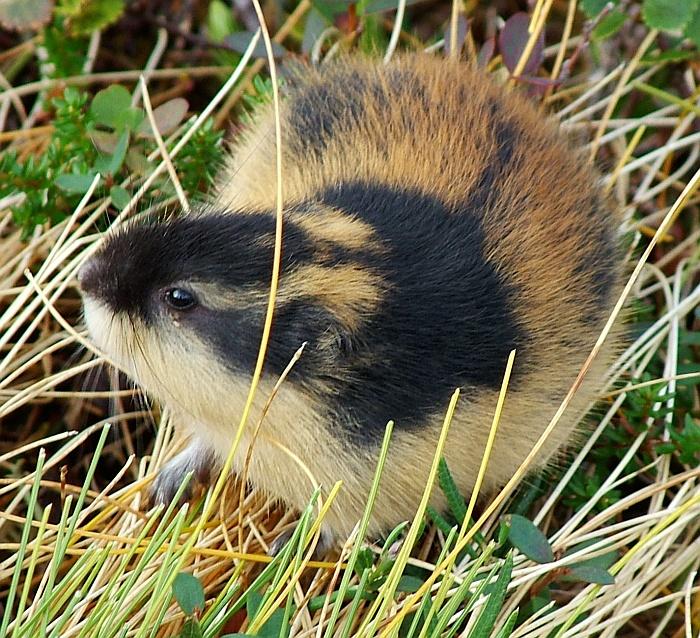
When the seasons are particularly good—short winters without unexpected thaws or freezes, and long summers—their population can increase explosively: they reach sexual maturity less than a month after birth

